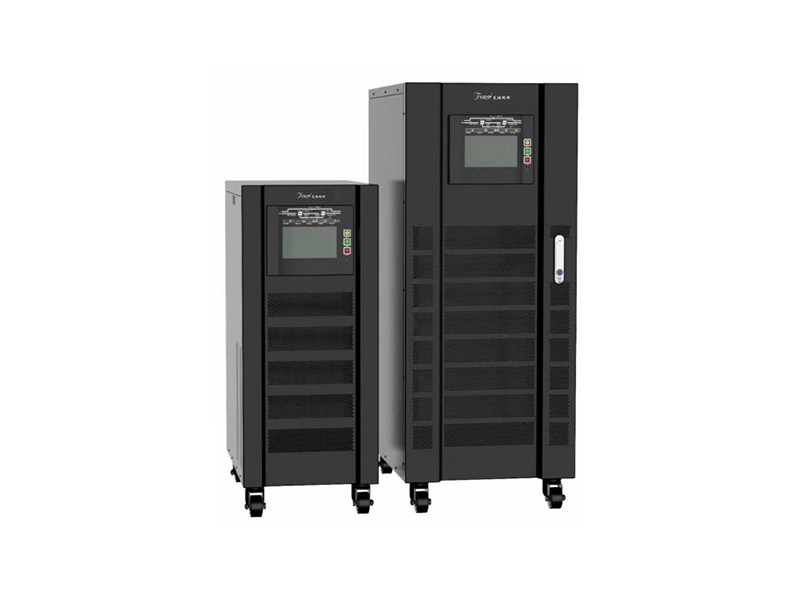language
In today’s connected world, electronics play a vital role in nearly every environment—from homes and offices to hospitals and industrial facilities. With so much relying on uninterrupted power, even a momentary outage or fluctuation can have serious consequences. Whether it’s a corrupted file, damaged hardware, or disrupted business operation, the cost of unprotected electronics can be significant. That’s why investing in a reliable Uninterrupted Power Source (UPS) is essential.
The Impact of Power Disturbances
Electrical disturbances come in many forms: short-term blackouts, brownouts, voltage surges, sags, and frequency variations. Sensitive electronic equipment, such as computers, routers, servers, and medical devices, can malfunction or fail due to these irregularities. Over time, even minor fluctuations can shorten equipment lifespan, cause software errors, and lead to critical data loss.
What Is an Uninterrupted Power Source?
An Uninterrupted Power Source, or UPS, is a backup power device that provides temporary electricity to equipment during a power outage. Beyond simple backup, a quality UPS also regulates voltage, filters power line noise, and protects against surges. The goal is to ensure that your devices stay running and safe no matter what’s happening with the utility power supply.

Why a Reliable UPS Matters
1. Instant Power Transfer
A reliable UPS switches instantly to battery mode during a power interruption, allowing electronics to continue running without any downtime. This is crucial for servers, communication systems, and critical workstations.
2. Data Protection
Unplanned shutdowns can lead to data loss or corruption. A UPS gives users enough time to save files, close applications, and shut systems down properly, preserving data integrity.
3. Surge and Spike Protection
Voltage spikes from lightning or grid switching events can damage internal components of electronics. A UPS with built-in surge protection prevents such incidents, especially in areas with unstable power grids.
4. Prolonged Equipment Life
Stable power supply and voltage regulation prevent unnecessary wear on electronic components. A UPS helps ensure that your equipment operates under consistent, safe conditions.
5. Peace of Mind
With a reliable UPS in place, you can work, communicate, or operate critical systems confidently—even during storms or grid failures.
Choosing the Right UPS
Power Rating: Measured in VA or watts, this determines how many devices the UPS can support. Make sure it can handle the total load of your equipment.
Battery Runtime: Different models offer varying backup times, from a few minutes to over an hour.
UPS Type:
Offline (Standby): Basic protection, suitable for home electronics.
Line-Interactive: Regulates voltage and handles moderate power issues, ideal for small offices.
Online (Double Conversion): Delivers continuous clean power, best for critical or sensitive equipment.
Monitoring Features: LCD displays, remote management, and software integration can help users keep track of UPS status and performance.
Such as AF8900 series Online Transformer Based UPS 3 phase input and 3 phase output, with a single unit capacity ranging from 10KVA to 400KVA, is a high-performance sine wave uninterruptible power supply system designed for large-scale critical application systems such as data processing centers, host systems, manufacturing and telecommunications equipment, and medical equipment.

Protecting your electronics is about more than just reacting to outages—it's about being prepared. A reliable Uninterrupted Power Source not only keeps your devices running during power failures but also protects them from hidden dangers like voltage instability and surges. Whether you're safeguarding a home office, a business network, or specialized equipment, a dependable UPS is a smart investment in stability, security, and peace of mind.